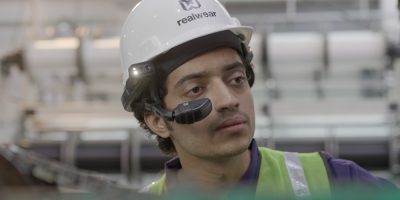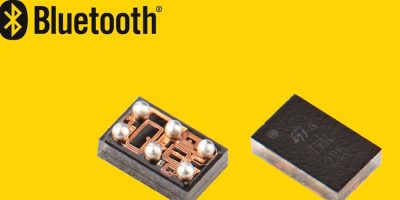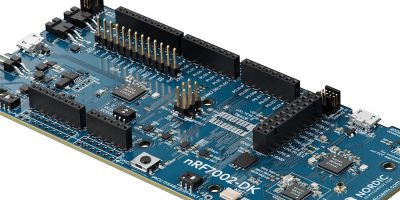Rugged headwear for frontline professionals from RealWear uses HyperDisplay viewing for enhanced viewing. The RealWear Navigator 520 is the company’s next generation rugged, assisted reality headset which builds on the earlier RealWear Navigator 500, but with an upgraded and redesigned viewing system, HyperDisplay, for a bigger, sharper and bolder image for frontline professionals.
The HyperDisplay in RealWear Navigator 520 replaces the Core Display in standard definition (SD) found in RealWear Navigator 500, offering a 20 per cent larger high definition (HD) screen in 720p with twice the pixels and an eye box that is five times larger, and improved eye relief to extend the maximum distance the eye can be from the display to view the content easily and identify minute details.
RealWear Navigator 520 includes a modular platform (compatible with the new thermal module) with an upgradeable 48Mpixel camera system, a hot-swappable battery, with Wi-Fi, Bluetooth and an optional 4G modem. The user interface includes patented noise-cancellation, with support in 23 languages and dialects. RealWear has more than 200 optimised partner apps for remote collaboration, workflow and computer vision.
Rama Oruganti, chief product officer, RealWear, said the Navigator 520’s improvements and innovations, devices, accessories, apps and cloud-based control has set a new, high bar for a full stack enterprise-level wearable product in the industrial wearables market.
Oruganti continued: “Our customers are focused on resiliency and retaining technical talent through an unprecedented labour and skills shortage and next wave of digital transformation. Our device is a compelling offering for these moments where every minute of productivity and efficiency must count toward the bottom line.”
RealWear said the Navigator 520 can improve individual and team productivity, allowing each frontline professional to do more with less time or support.
RealWear Navigator 520 is shipping now available through all authorised RealWear resellers. It includes a one year warranty.
RealWear provides assisted reality wearable products for frontline industrial workers to perform work tasks more safely, and with increased efficiency and precision. RealWear gives these workers real-time access to information and expertise, while keeping their hands and field of view free for work.
RealWear customers include Shell, Goodyear, Mars, Colgate-Palmolive, and BMW.







